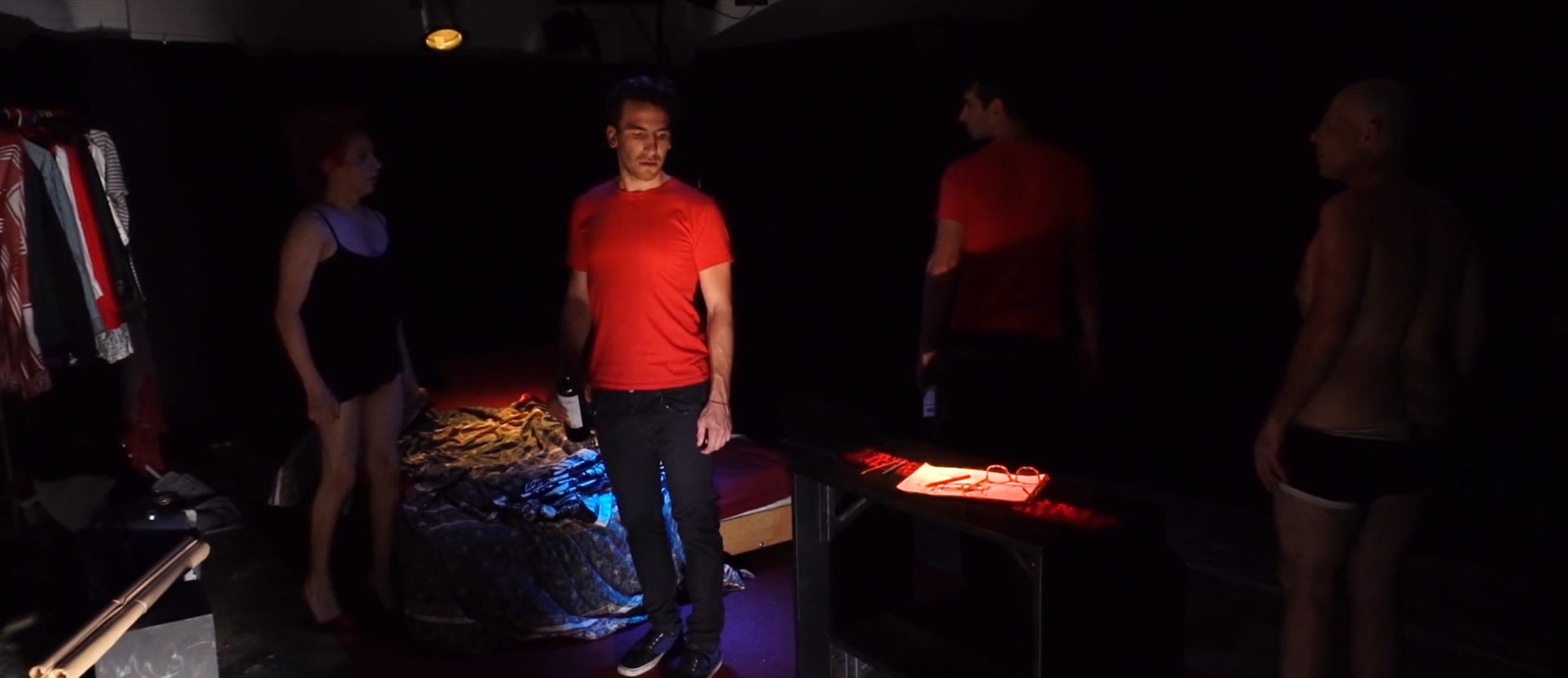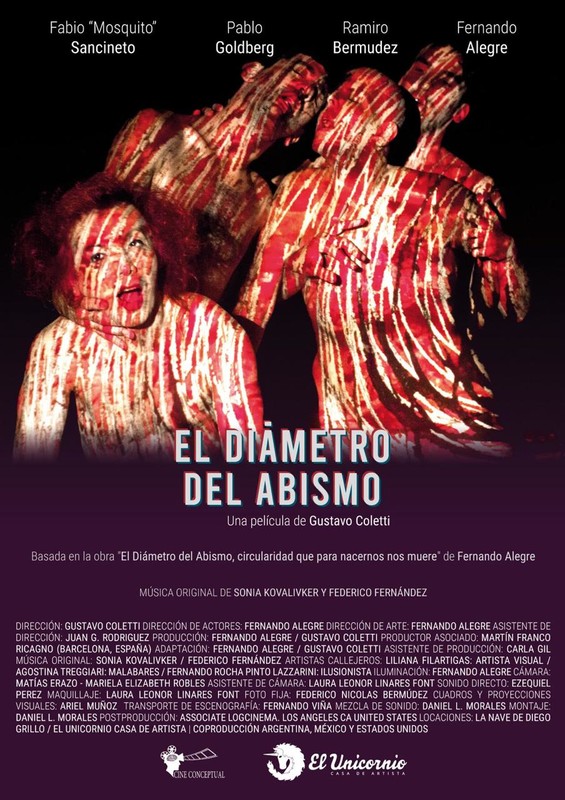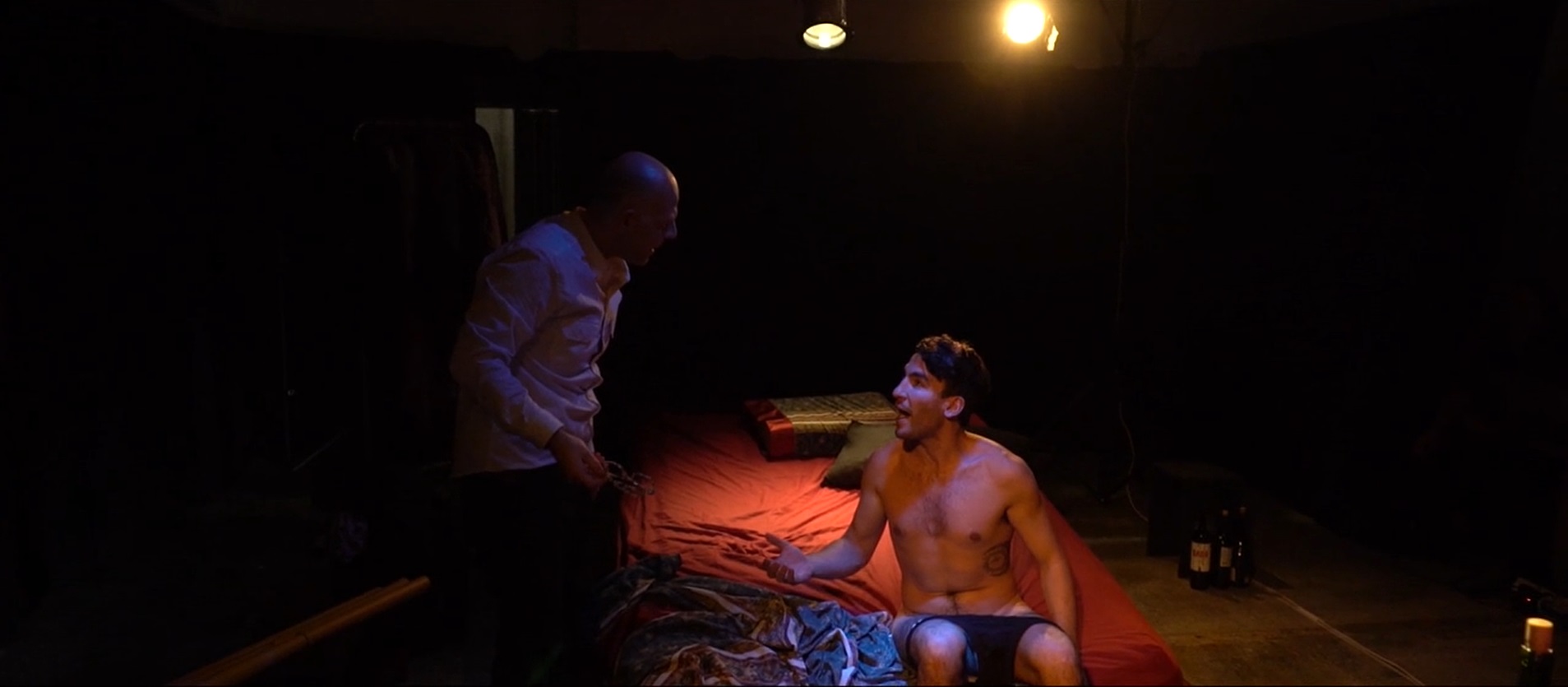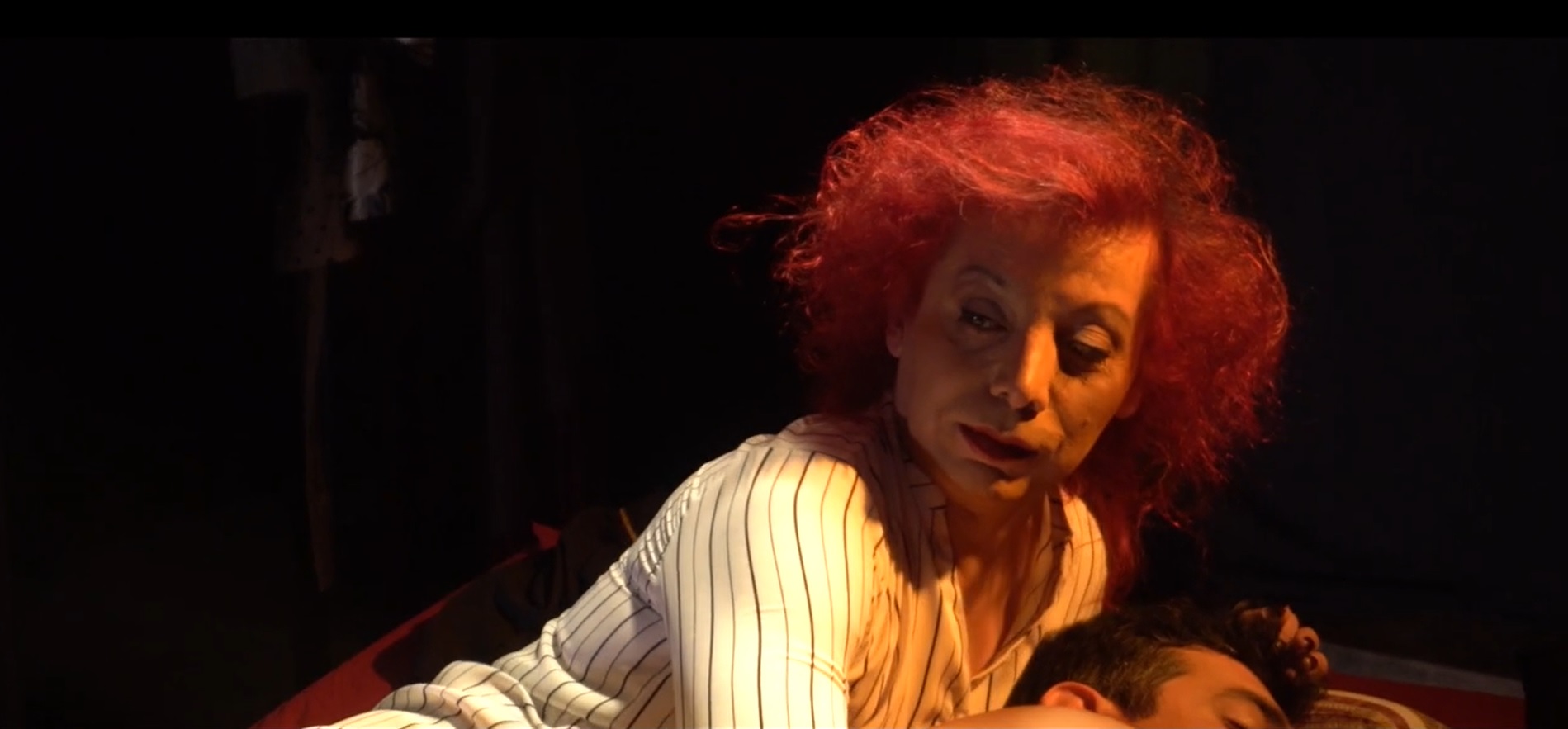The Diameter Of The Abyss | An Interview With Gustavo Coletti & Fernando Alegre

Interviewed by Barry John Terblanche Questions to Gustavo Coletti, Director and Producer of The Diameter of the Abyss.
Cult Critic – Since 2016, you have proved your felicity as a film director, film producer, script writer and film actor in several documentaries and feature films. Which of these roles would you say have given you the most scope to express your artistry?
Gustavo - I've been a writer since I was 14 years old, and I dabbled in almost everything that can be written, but I grew up deeply admiring the masters of Italian cinema. Frederico Fellini, Antonioni, etc. My first approach to audiovisual language was writing 120 episodes of a soap opera for North American television. Then, Mexico gave me the opportunity to direct for the first time. Today my love is shared between writing and directing movies, knowing that it is a scattered way of expressing myself in art.
Cult Critic – What prompted your decision to pursue a career in the film industry?
GC - I'm not involved in the film industry. I am part of a film movement that is marginal, and that fortunately can be carried out more easily because new technologies have made film production cheaper. Realizing one day that I could access the necessary budget to make a film was a motivation and a surprise.
Cult Critic – Is there a specific reason behind why you primarily work with docufictions? What entices you about this film genre?
GC - Actually, I think I make an experimental cinema within conceptual art. As in the plastic arts, conceptual cinema would be a cinema that puts all the emphasis on the idea (concept) that it wants to convey, and not on the quality of the final product. When I have to make an aesthetic evaluation of what I am doing, I rely on my wife, Claudia Cogo, who is a painter. The docufiction is perhaps only occasional in the process of experimentation. I also traveled through music and photography among other things.
Cult Critic – What is the inspiration behind defying heteronormativity and representing the queer community and its complicacies in this feature film?
GC - I had a traumatic experience in my youth in Argentina, when during the military dictatorship in 1978, a very dear friend was assassinated, not for his political ideas but for being homosexual. Also, I was always a freedom activist. For 20 years I have run an internet newspaper called anticensura.com and a few years ago I wrote a monologue that was performed with great success, called “El Amor Lésbico” (The Lesbian Love).
Cult Critic – Tell us about your forthcoming project(s). Would you be interested in exploring other genres of films anytime soon in your upcoming work(s)?
GC - I write a lot, but everything I write has a hidden cinematographic intention. I am working on the post-production of a medium-length film called “Maldito Baudelaire” (Damn Baudelaire), which is nothing more than the film version of a play that has a premiere date in Buenos Aires in two months. Yes, I am interested in directing other projects that fit more into the conventional narrative, but with themes that in some way analyze the future that awaits us. Analyze the new political and social scenarios that we already glimpse.
Questions to Fernando Alegre, author of the play, actor and theater director Cult Critic – Why did you appoint two separate actors to play the role of the same character – the character of Pablo?
Fernando - Pablo, like Héctor and Mara, are one and all. They are different ways of approaching an interpersonal bond, which have details that differentiate them, similarities and particular features. Physical and emotional. The initial idea was many and many performers. Younger Pablos, older Pablos. A game where the same text is interpreted differently and therefore the link with oneself and with others mutates.
Cult Critic – How do the two representations of Pablo differ and resemble at the same time?
FA - I think I answered in the generality of the previous question, but I'll try to be more specific. Pablo, Mara's partner, is a more affectionate and demonstrative guy. Passionate, but owner of a sensitivity that he demonstrates with gestures and attitudes. It is the interpretation of a Pablo more affected by the breakup, there is more life lived in him than in Hector's partner, therefore, there is more past, there is more memory and there is more sadness due to rejection and abandonment. Hector's Pablo is younger, more impetuous and irreverent. More reactive to the words of his partner. There is less reflection in his actions, and he is also more violent. His learning matrix and his resentments are fresher. His attitudes are more adolescent, like... like the world owes him something... that.
Cult Critic – How are the film characters of Hector and Mara associated with one another?
FA - Well, just like the Pablos, they are two ways of loving. Two looks, traversed at times by guidelines of heterosexual norms, which reproduce links. Until we manage to deconstruct ourselves, we will continue to be reproducing a univocal way of relating to each other. Also in the development of the material, the idea appeared that Hector is Mara without transition, without starting hormone treatment. That appeared as a game in an essay, but somehow it could also be a way of telling how we all live many lives in the same body. And that the mutation of our bodies is not always modifier of our behaviors.
Cult Critic – What does the nightmarish and surrealistic episode of Hector and/or Mara’s dream render? Does the play of lights in this chapter have any symbolic purpose?
FA - The nightmare scene, realizes the fears. Death is mutation, all eroticism is related to the primary drives that fill us with desire and often justify a bond. Many times in my works, there are characters who, from dreams, have behavioral modifications. They are species of Cassandras, from Greek mythology. So on the one hand there is the mystery of the dream, the universe of the mystical and premonitory and, on the other hand, the more psychoanalytic view of the elaboration of traumatic situations from a dream. The appearance of fears, or possible resolutions, is a stage game. The projections account for those various skins that cover us. Even in the nudity of the bodies, the light textures are impregnated intermixed with the hairs and pores, and “dress” those bodies with fur. Fixing the idea of ??the primitive in the genital encounter. Kill the desire. die of pleasure.
Cult Critic – Can you explain how the title ‘The Diameter of The Abyss’ establishes and upholds the objective of the documentary?
FA - An abyss is an unfathomable, incalculable space. It has no measure, there is no possibility of measuring how much or how far. Somehow the title accounts for that particularity, it is an oxymoron. And the measure of the circumference (the diameter) is directly related to the spiral structure of violent relationships. They are an infinite journey, a mobius strip, . The documentary part of the film is that fissure in space-time, where the characters are ejected from themselves, they leave the screen to be questioned, understood, reflected upon by the film actors and film actresses. And in an emotional game, as the rehearsals, theatrical staging and filming took place… the characters faded away with the performers without knowing, understanding, or defining who they were. Where does fiction end and where does "reality" end?
- Trending tags:
- Films
- Filmmakers
- Filmmaking
- Film Festival






